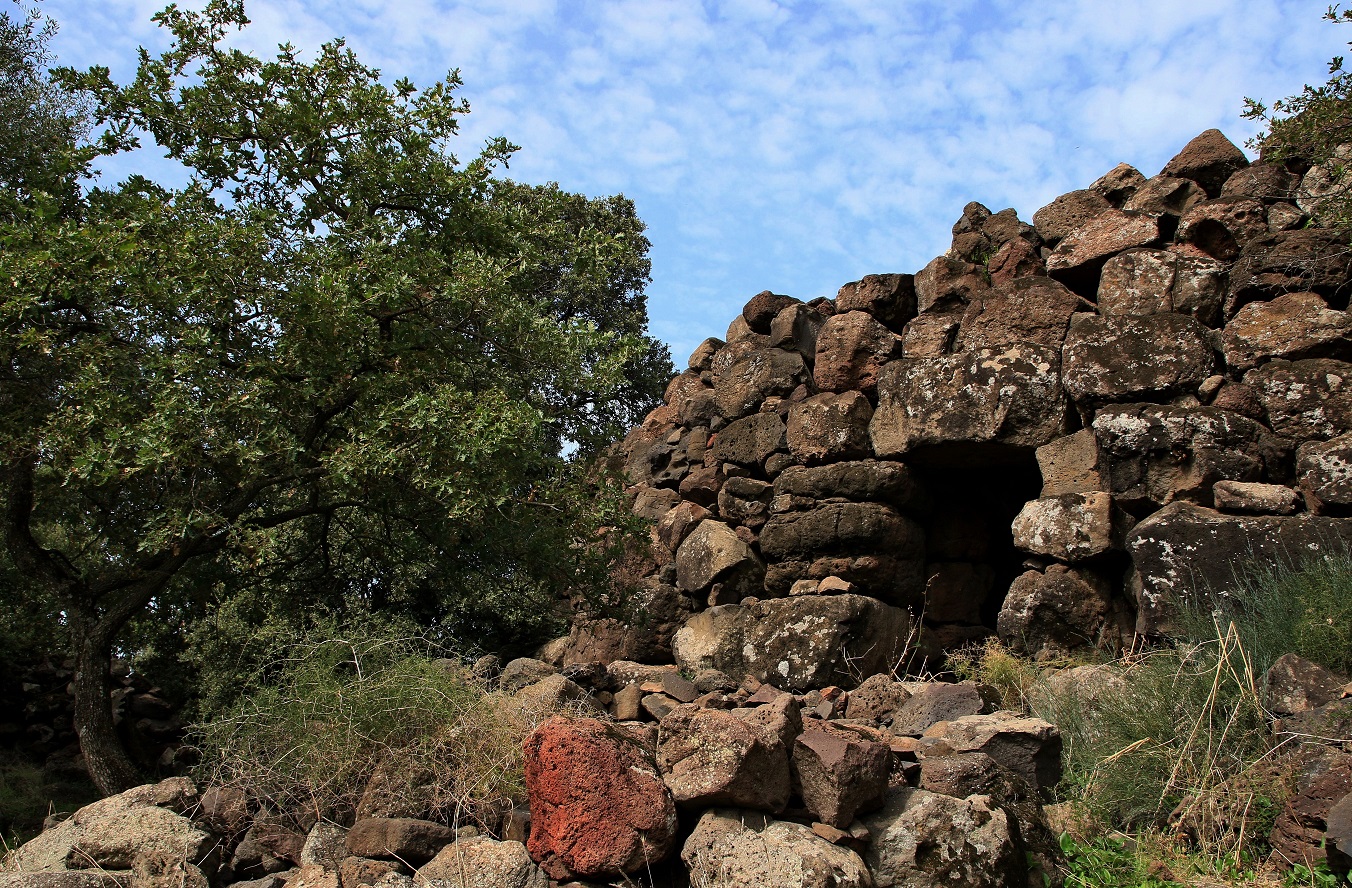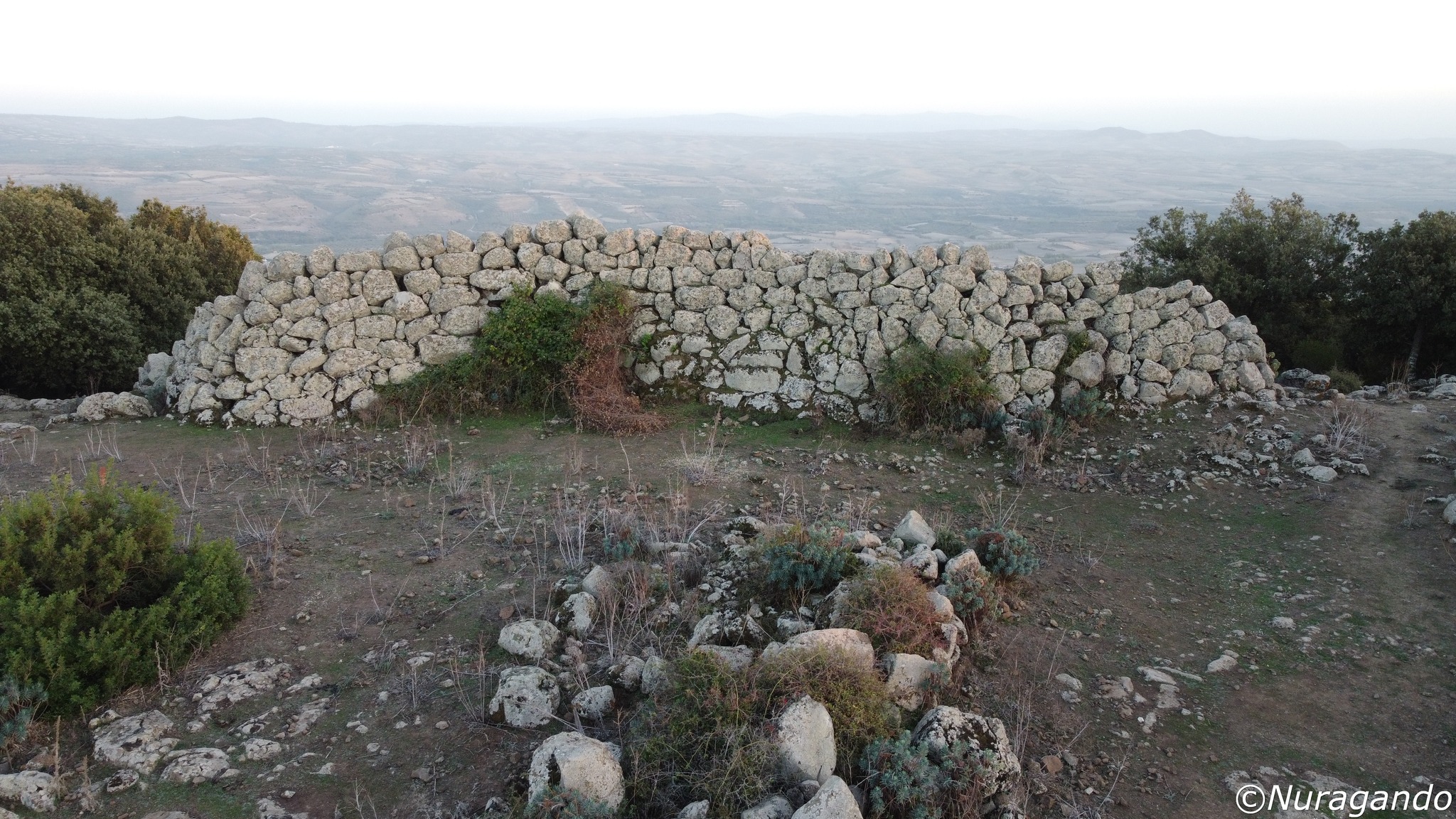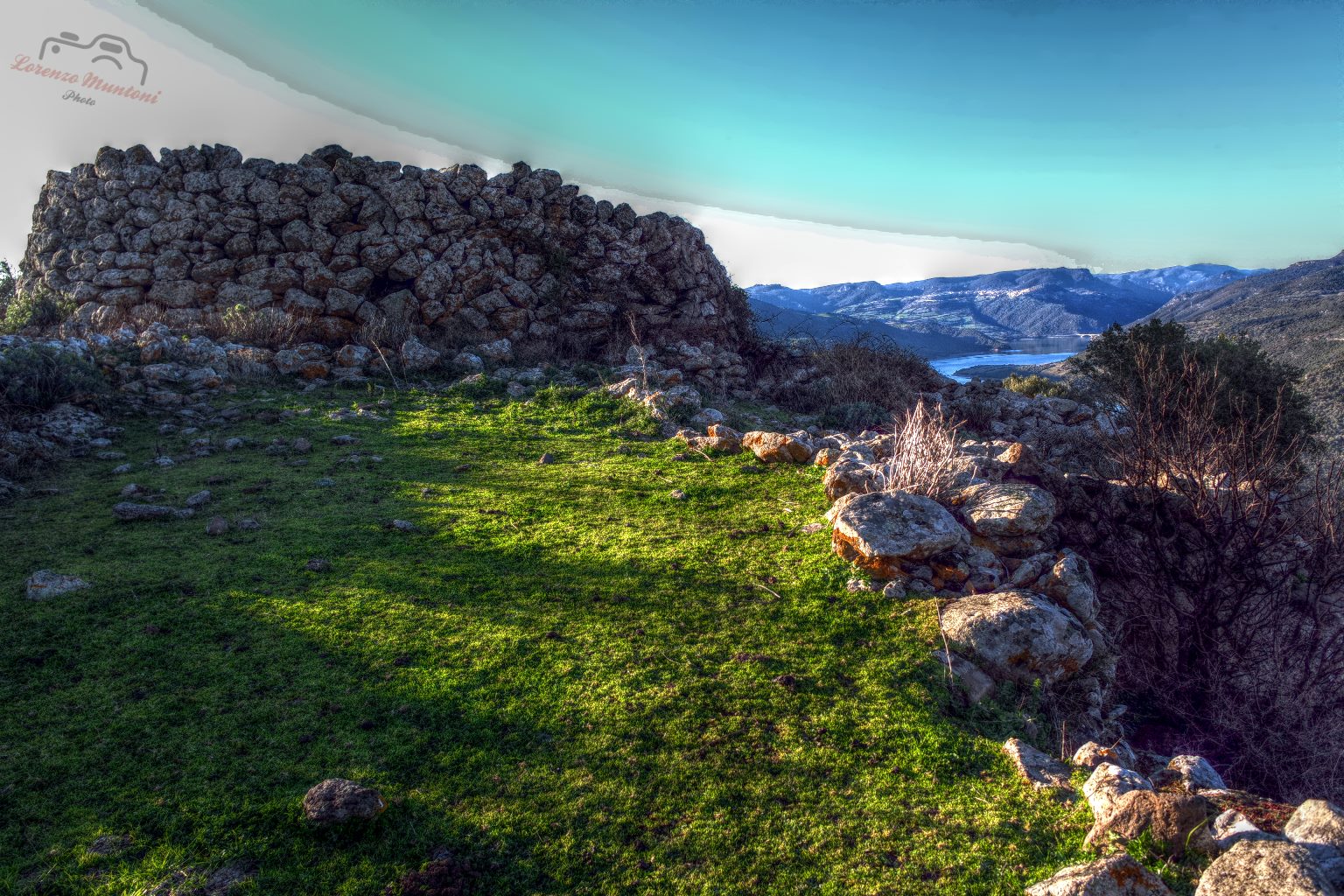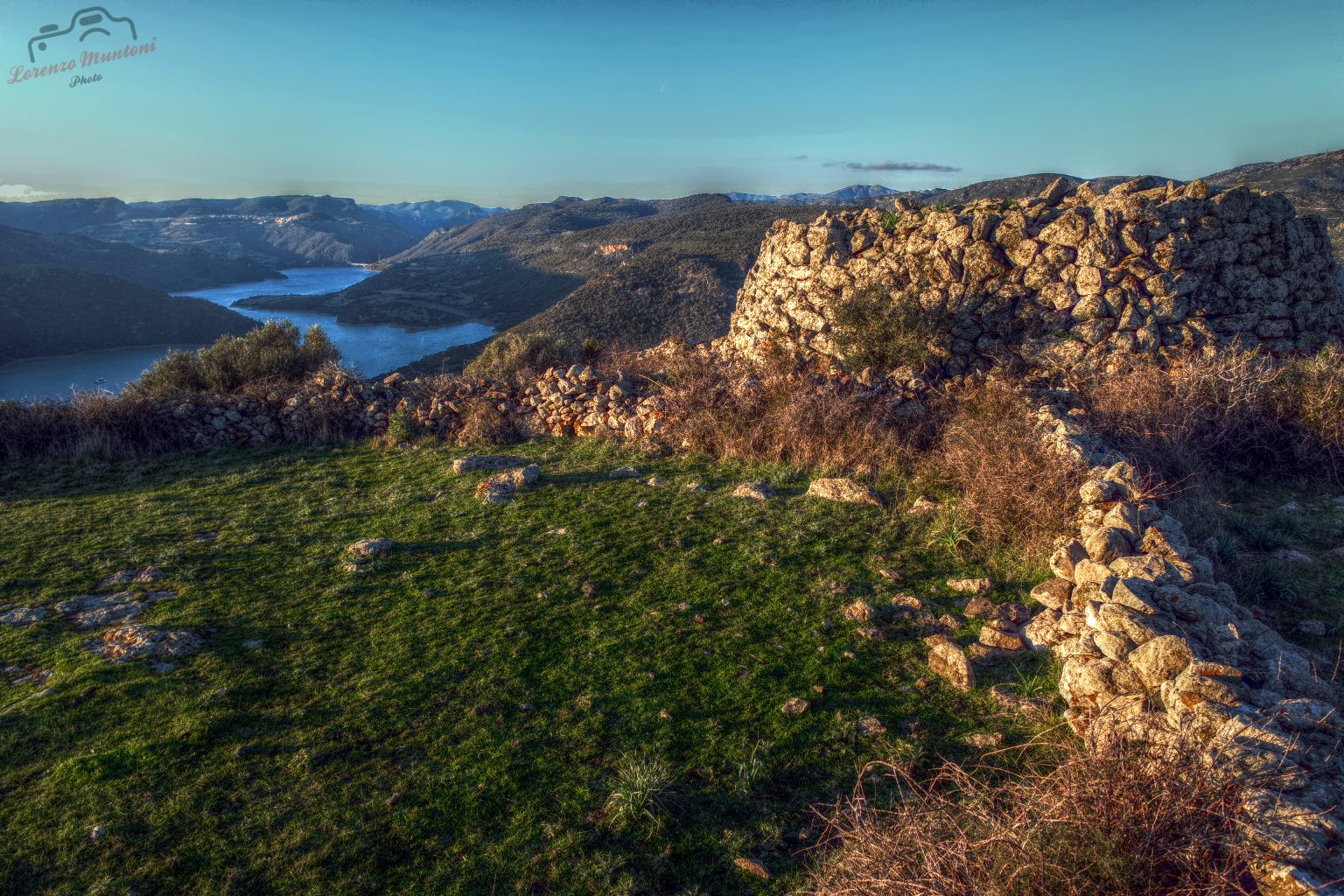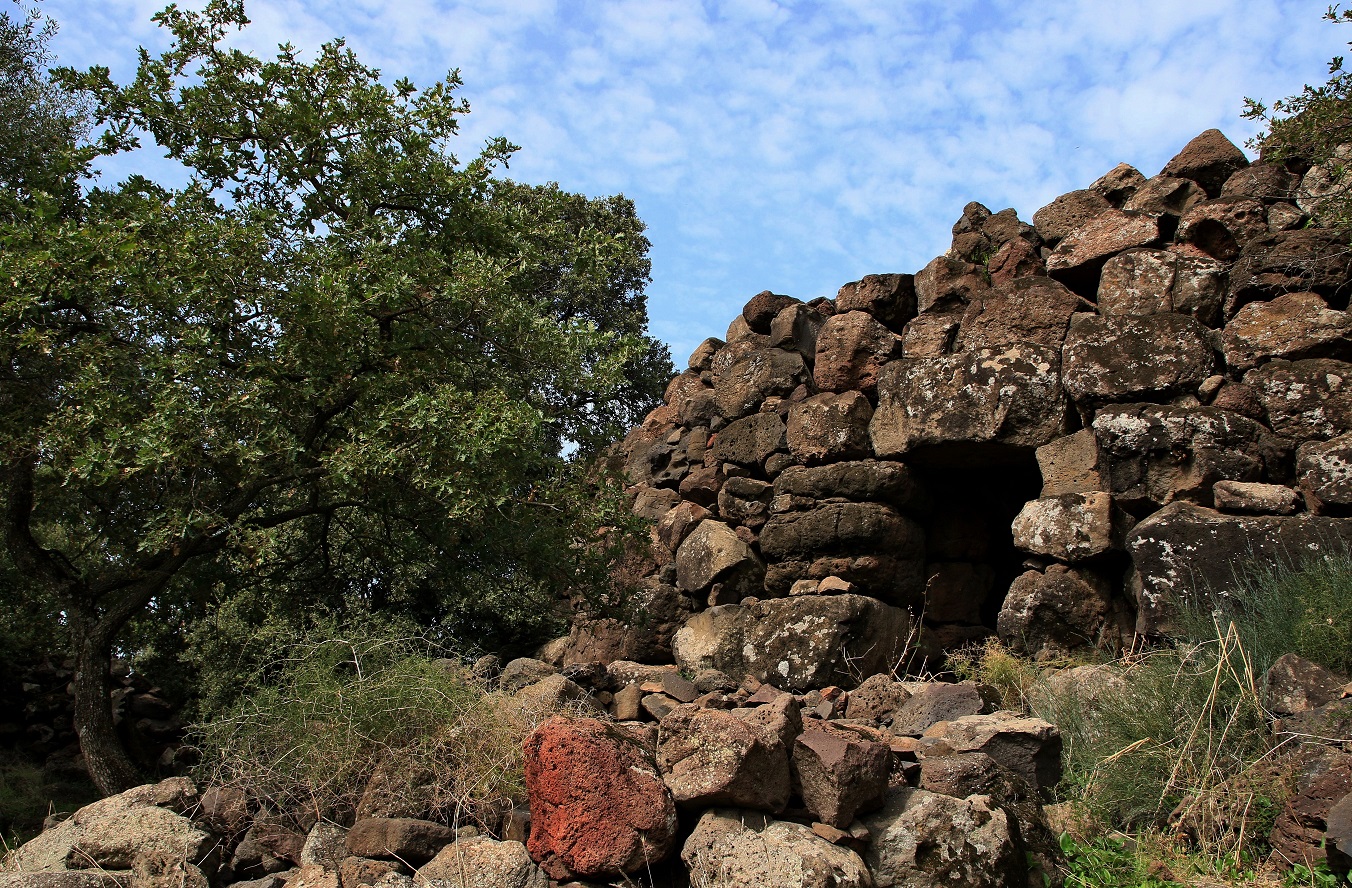“The protonuraghi, as is known, are architectural structures variably defined over time – abnorm nuraghi, false nuraghi, pseudonuraghi, gallery nuraghi, hiding nuraghi, corridor nuraghi, protonuraghi – indicating from time to time a relationship of similarity or diversity compared to the more classic tholos nuraghe, or a functional, structural or chronological aspect. In reality, this multiplicity of terms for a monumental class that appears increasingly widespread and articulated throughout the Island – not episodic and random architecture, therefore, but a conscious and well-defined cultural phenomenon – derives from the fact that only in a few cases (perhaps because they are generally “ugly” and not always “usable” for tourism purposes!) have these monuments been the subject of exhaustive stratigraphic investigation followed by the complete edition of excavation materials. Therefore, the “absence of excavation data,” which is always invoked, weighs on them like a condemnation, as if an architecture did not contain, in itself, keys to understanding for its chronological and cultural definition…”
Alberto Moravetti “Archaeological Research in Marghine-Planargia.”
In the photos the protonuraghi: Seneghe di Suni (ph. Gianni Sirigu); Bruncu Madugui di Gesturi (ph. Andrea Mura-Nuragando Sardegna and Alex Meloni); Corongiu Maria di Nurri (ph. Lorenzo Muntoni); Izzana di Tempio Pausania (ph. Francesca Cossu and Alex Meloni). The graphic representation of the horizontal sections of various protonuraghi of Marghine-Planargia are taken from A. Moravetti’s book.